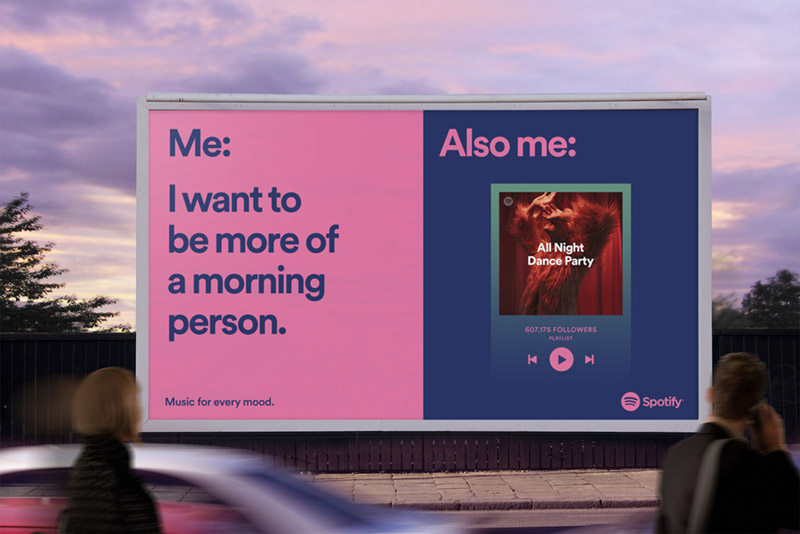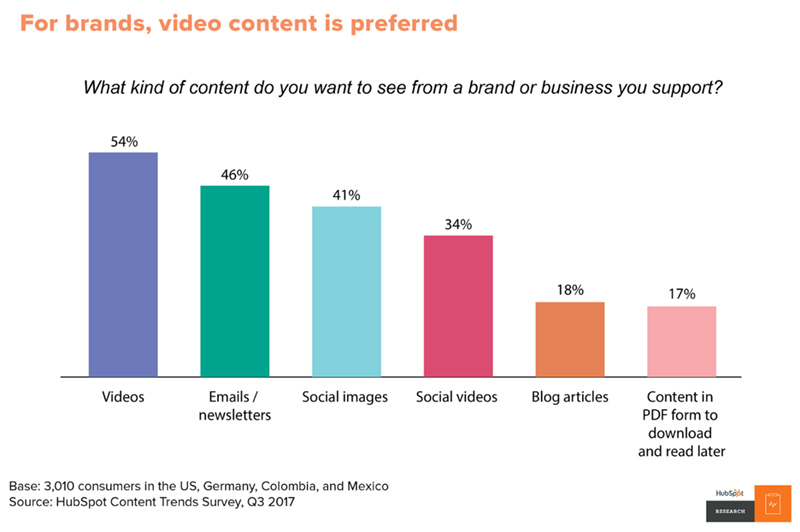Music in ads is a crucial element of any promotional or brand awareness campaign. In fact, some adverts are recognisable for the music that accompanies them, then the overall message. In recent years the use of certain music in ads have even spawned streaming and download success off the back of featuring in these promotional pieces. What is the synergy with music in ads that causes consumers to fall in love with a brand?
Music in ads and emotions
What music does so effectively is elicit emotion. We use the same part of our brains to processes music that we do to process and retain memory. That’s why music so often congers up intense feelings of the past, and we connect it with past experiences. Different melodies, chord changes, and beats can alter our emotional states almost instantly, so strong are our minds’ abilities to be changed by a piece of music.
A fundamental change from major to minor can instantly evoke sadness, while the sound of an acoustic guitar reminds us of comfort and familiarity. One thing is for sure when using music in ads; brands must have a clear idea of what it conjures up before they feature it. What music does best is carries a story. On its own, it may be powerful but set to images it creates a whole new world. When music in ads is most memorable, it is corresponding directly with what is happening on screen. The tempo and the lyrics are complimenting the overall story.
Six primary categories of music serve the overall promotional goals in an ad:
- Lyrical language: providing both poetic, emotive appeal through music
- Structure: It can emphasise the dramatic moment scripted within the ads
- Authority establishment: By using a renowned artist or using a relatable song, businesses can increase their authority over the product or service promoted
- Entertainment: create bridges between the advertisement and the listener
- Memorability: the tune and product content fuse together and remain in memory. That’s why advertisers prefer inserting recognisable songs to their ads
- Targeting: using various forms of musical genres, advertisers can tap into the right kind of audience for their products
Find the right song
For many brands, a big-budget allows them to buy the rights to the works of some iconic artists and songwriters, like Microsoft who in 1995 got the rights to The Rolling Stones song “Start me up” to help launch Windows ’95. It is unlikely that smaller brands will have access to the music of world-renowned stars, but getting the rights to more minor acts songs can be easy to acquire. The artists will gain more exposure, and your brand can tap into a new market, by appealing to the artist’s followers.
From enlisting the help of an established artist to the old-fashioned method of creating a jingle or purchase a pre-recorded song, the objective is to match the storyline of your ad and elicits an emotional response. The straplines used on billboards and in digital, increase their reach and impact when they also feature in an advertisement.
With the rise of video content, including the short format of Instagram stories, music plays a vital role in the success of your ads combined with the right imagery and message. According to Hubspot, “ Video is useful for more than entertainment, too. Video on landing pages is capable of increasing conversion rates by over 80%, and the mere mention of the word “video” in your email subject line increases open rates by 19%. 90% of customers also say videos help them make buying decisions.”










